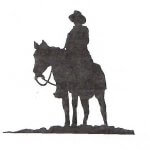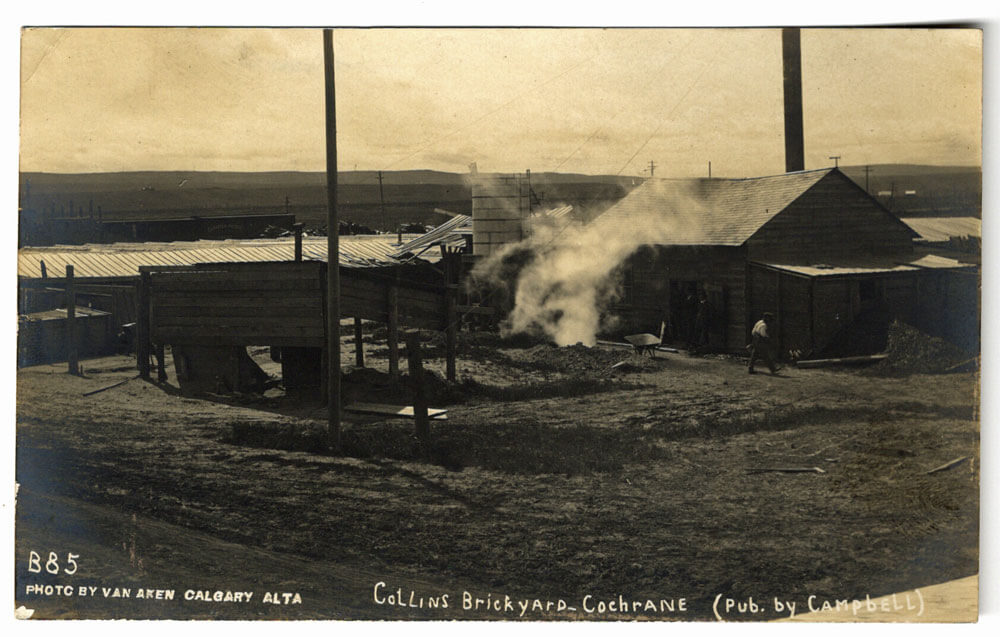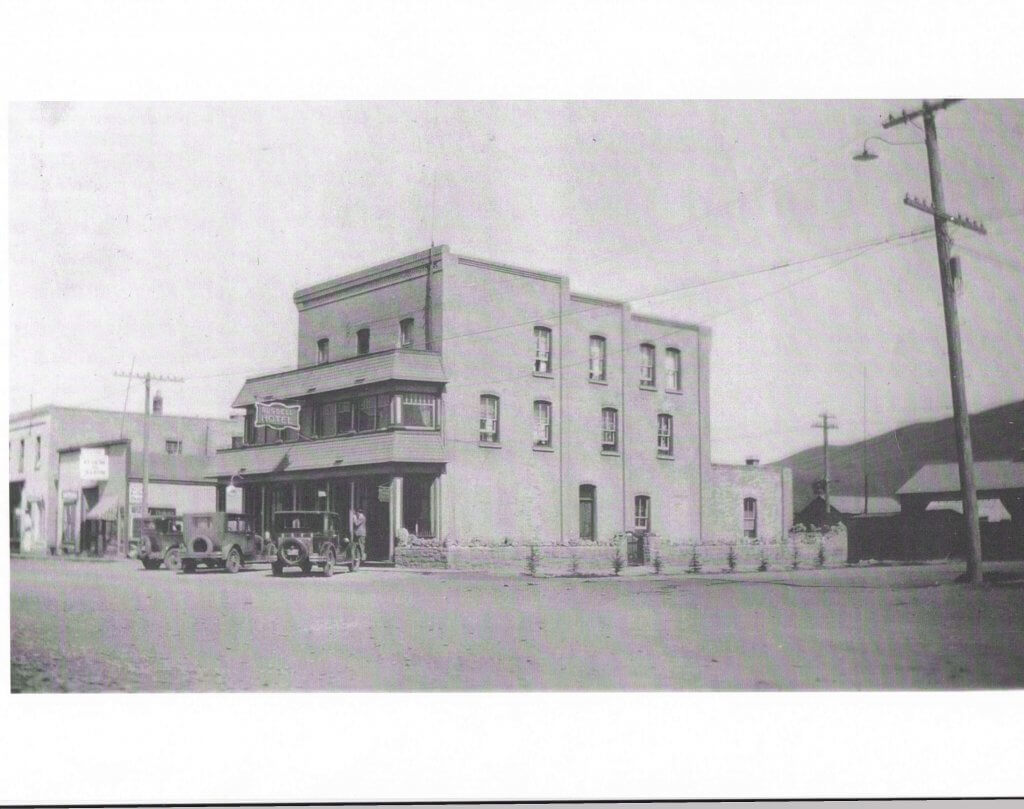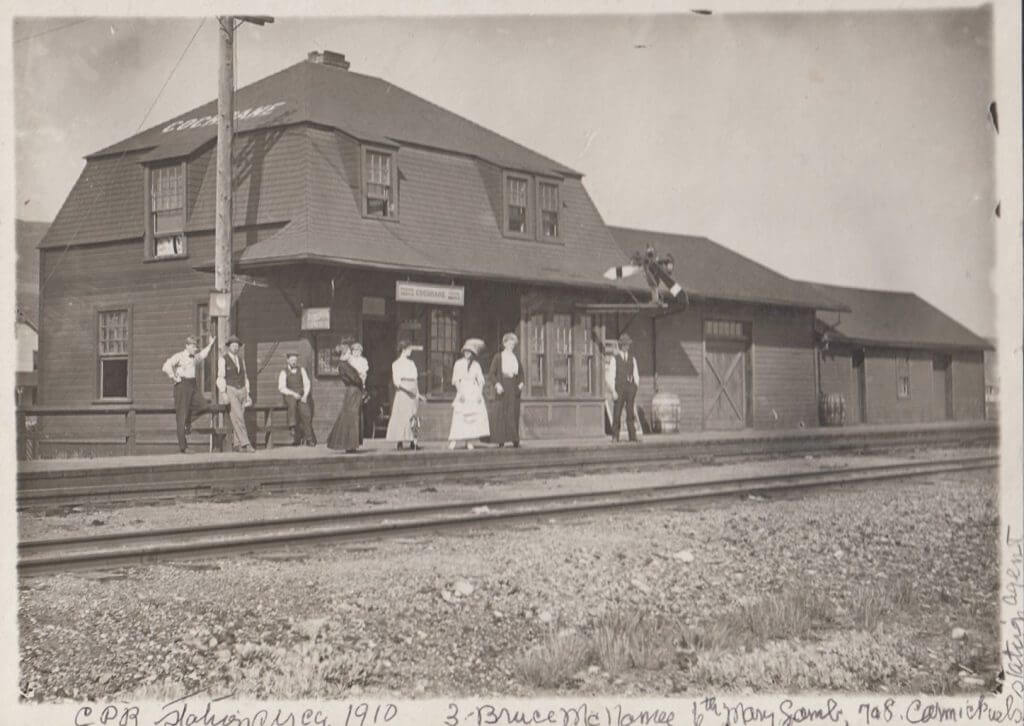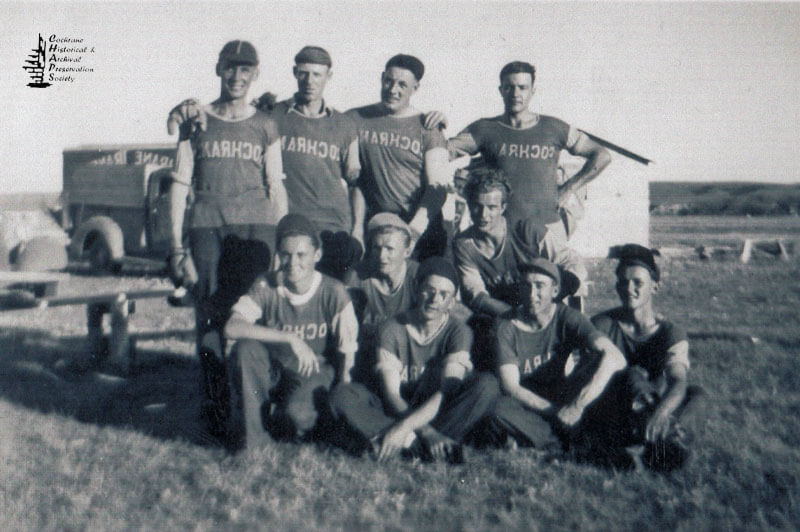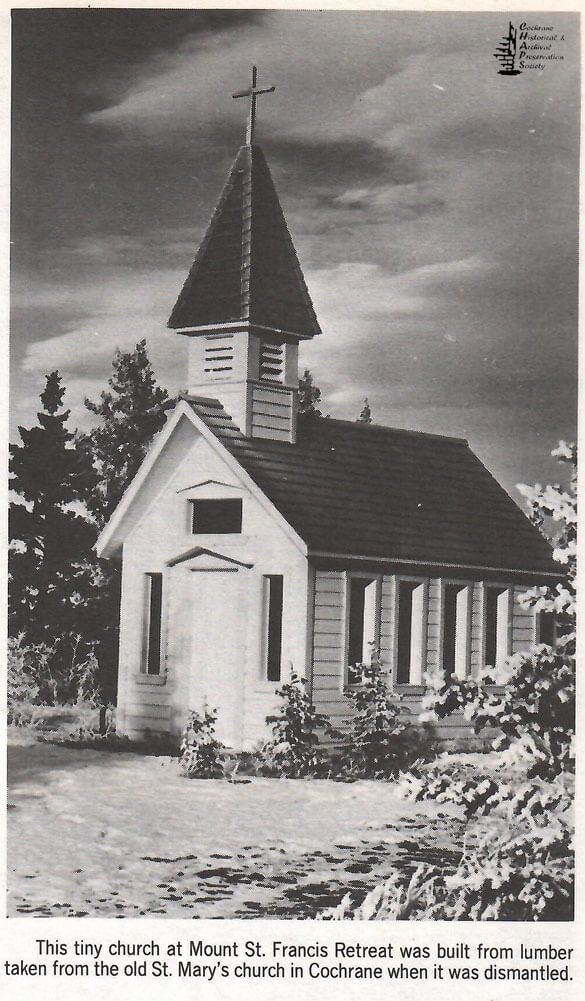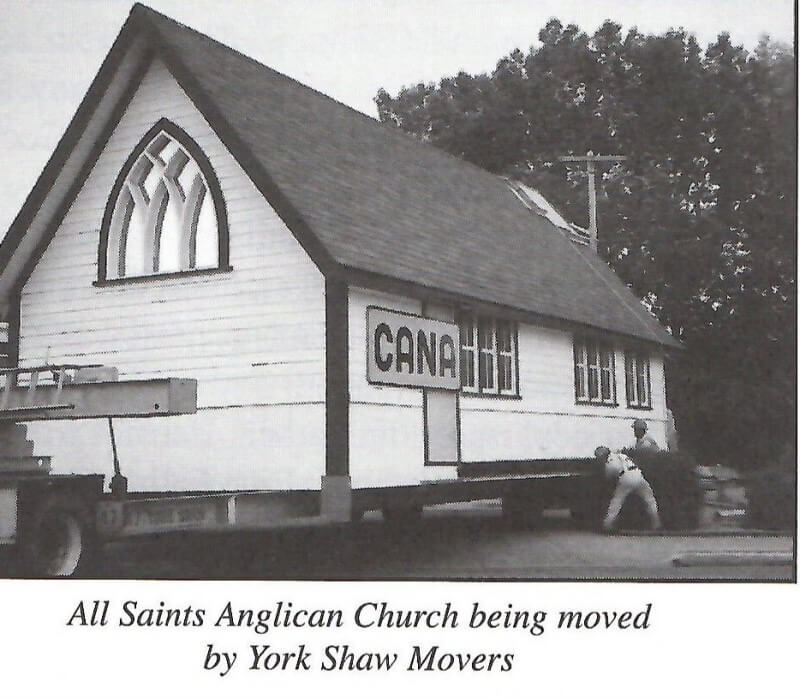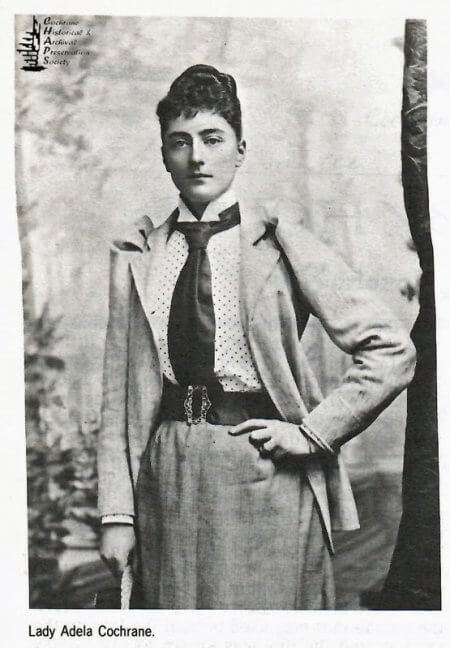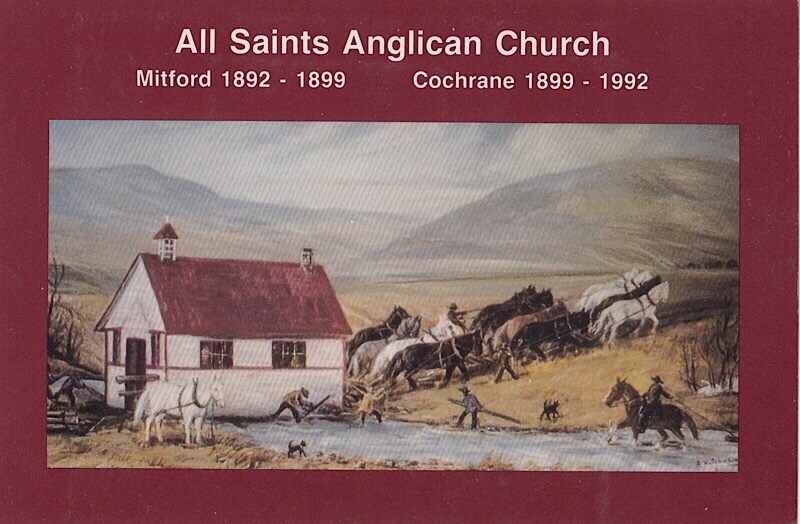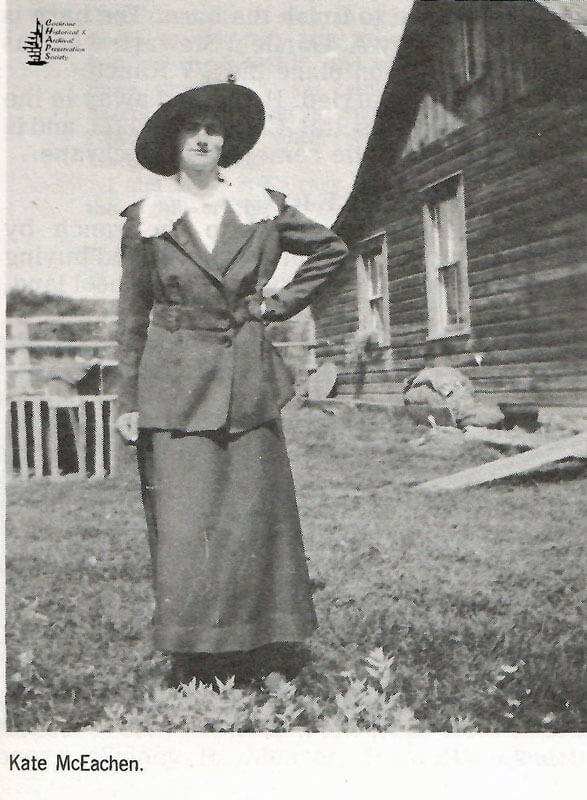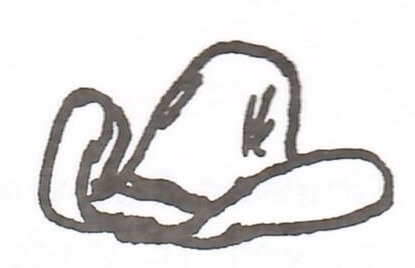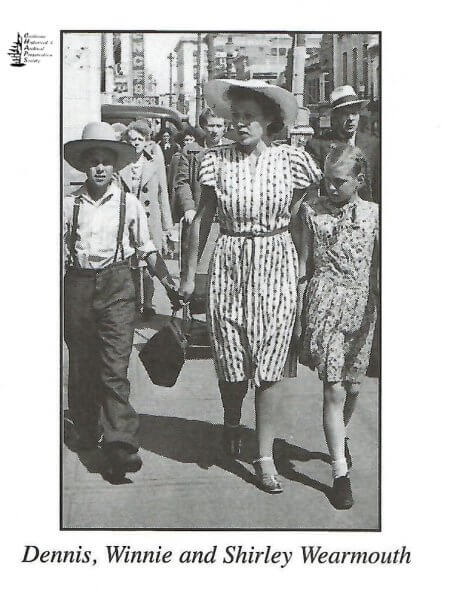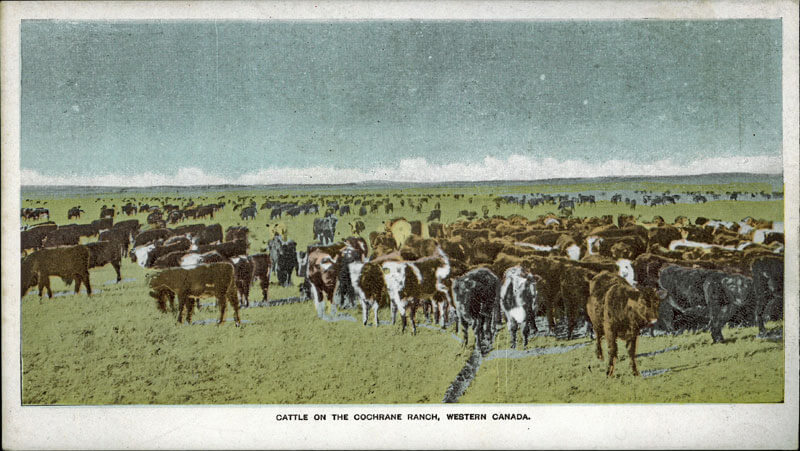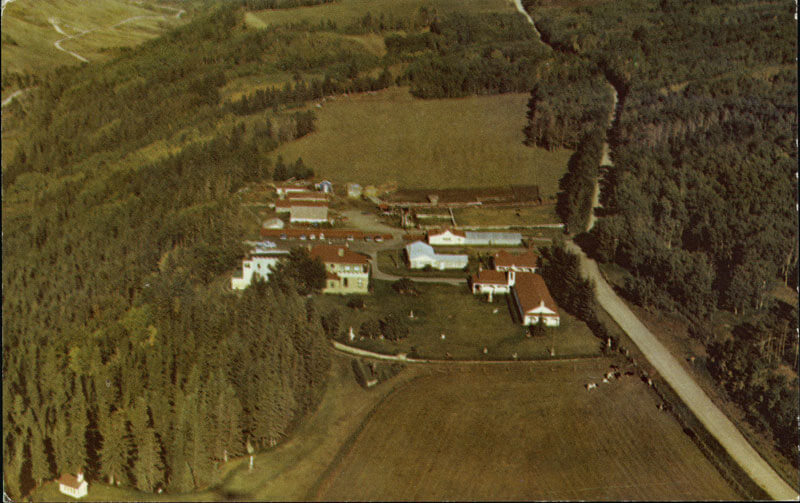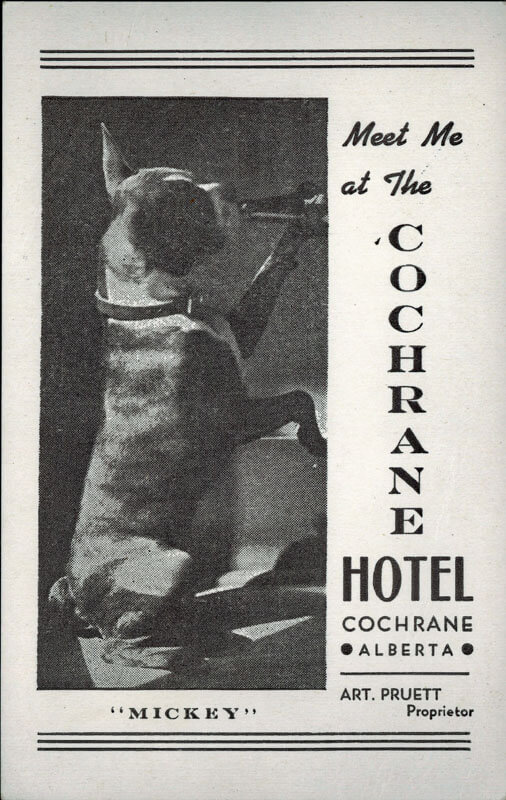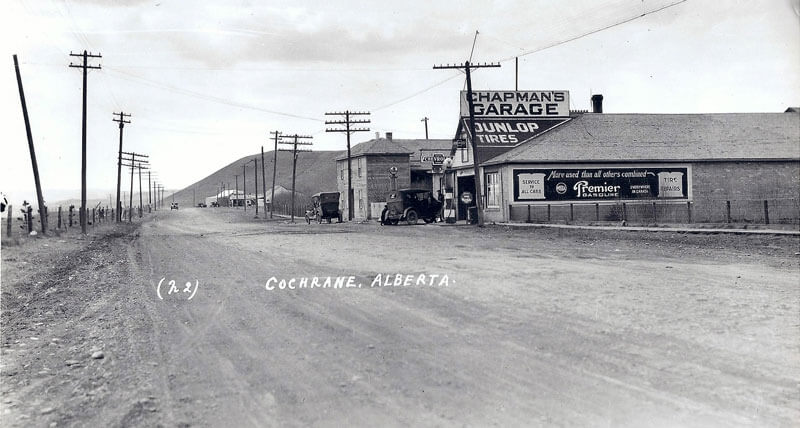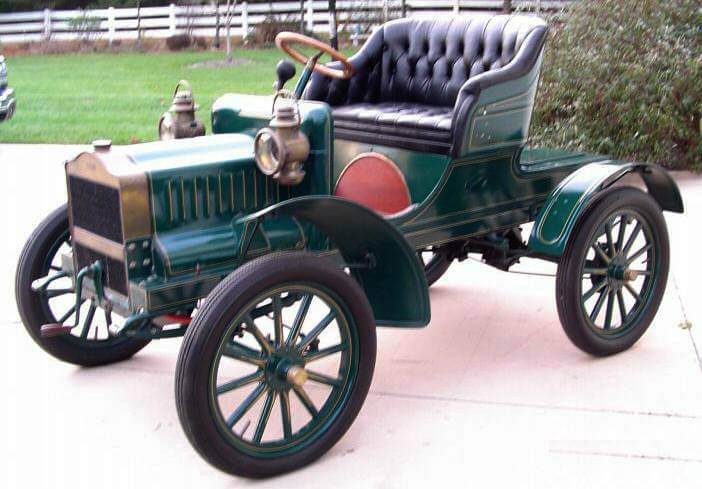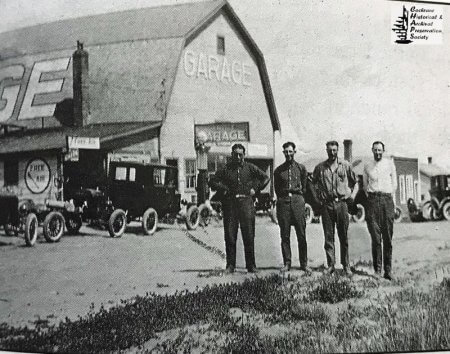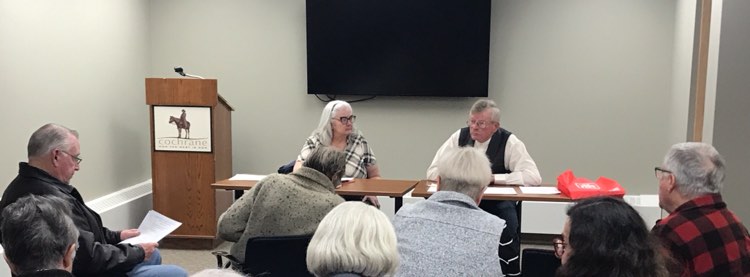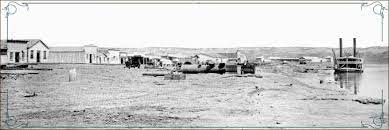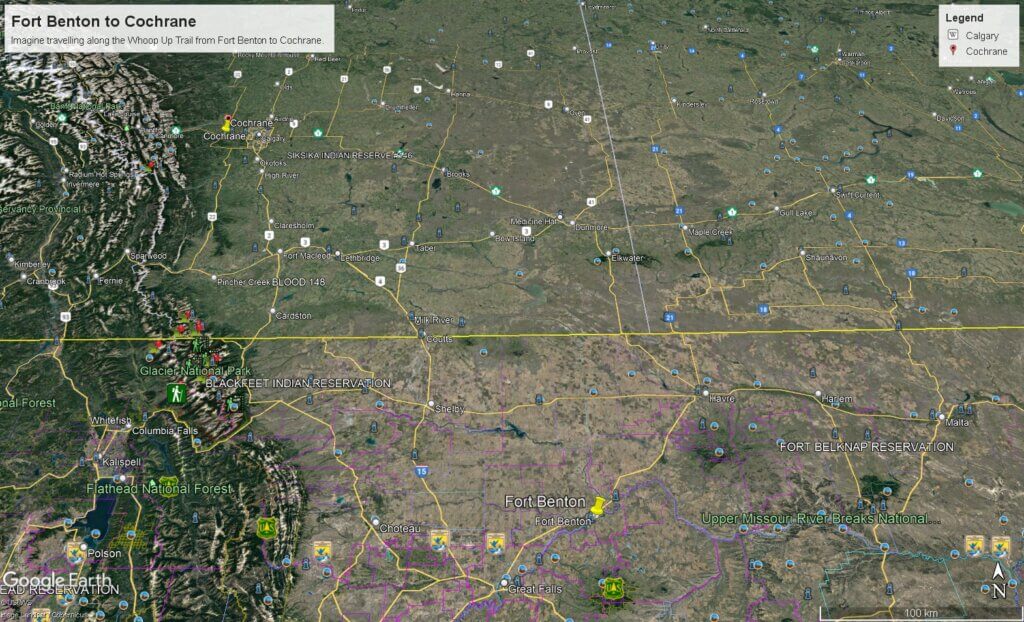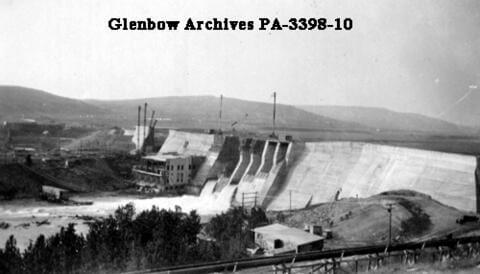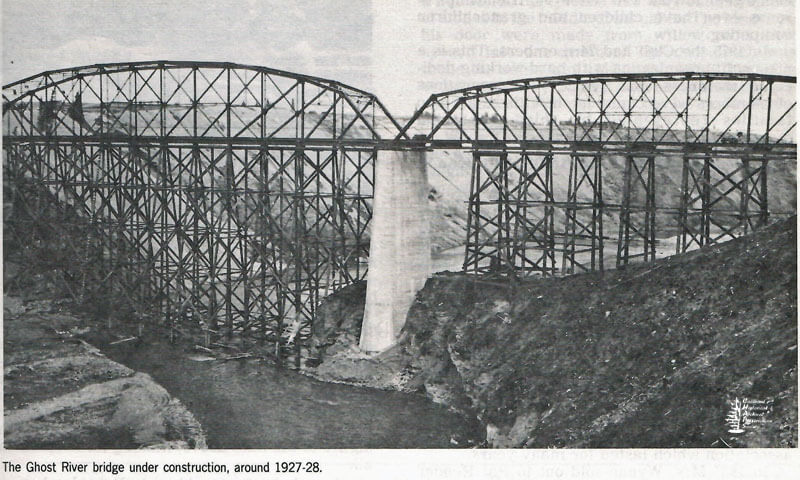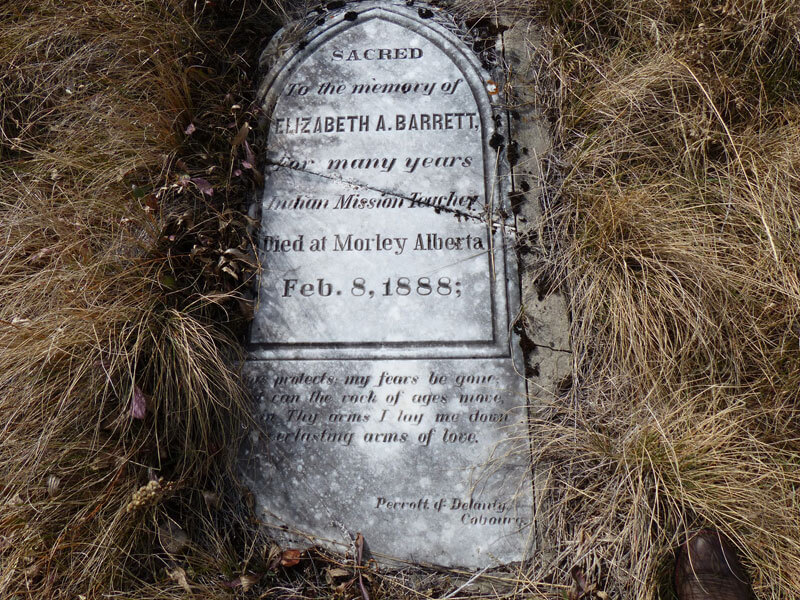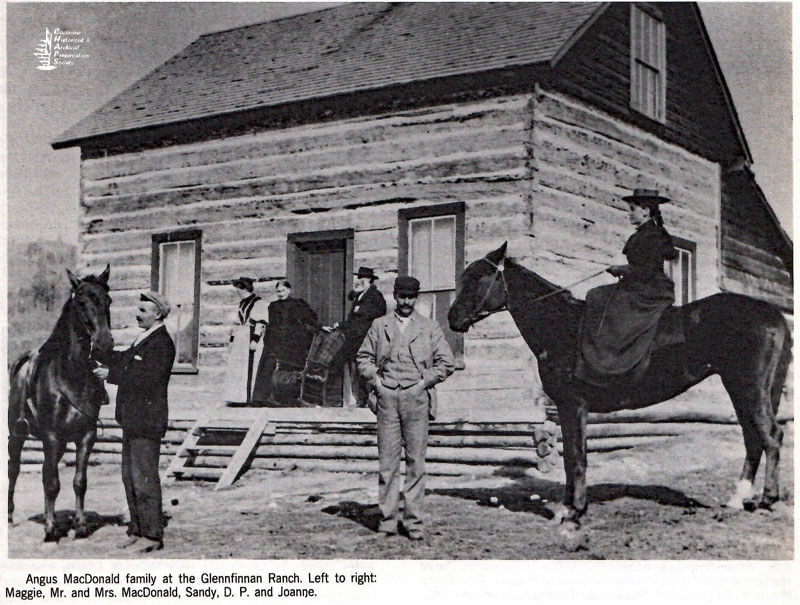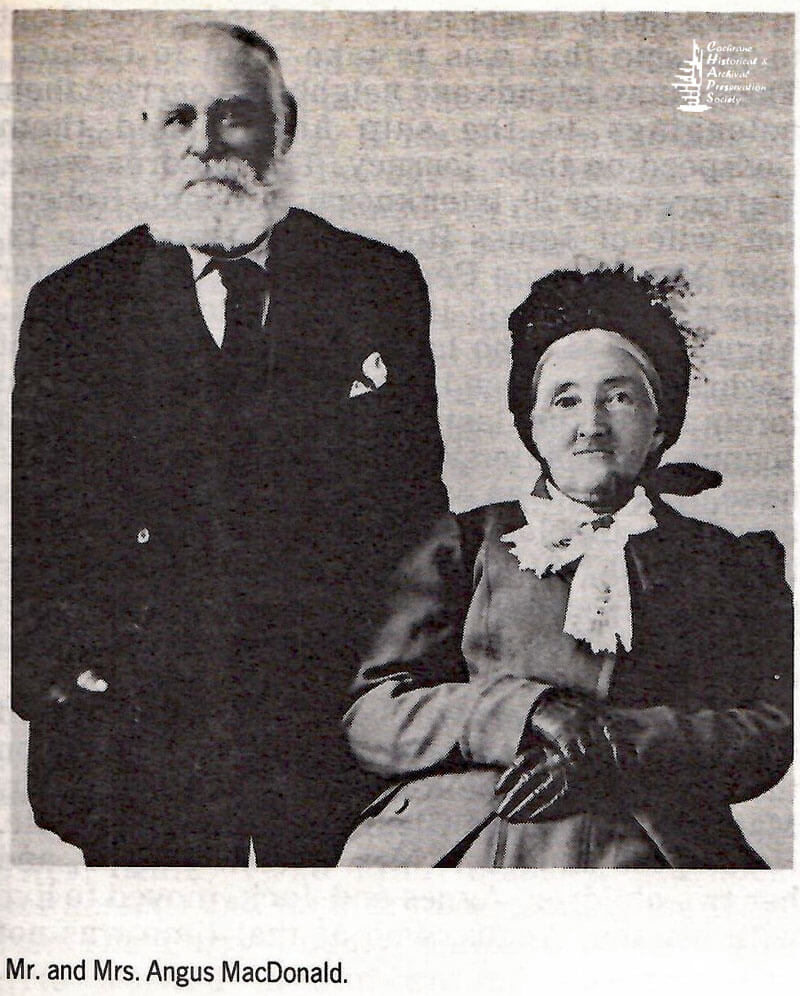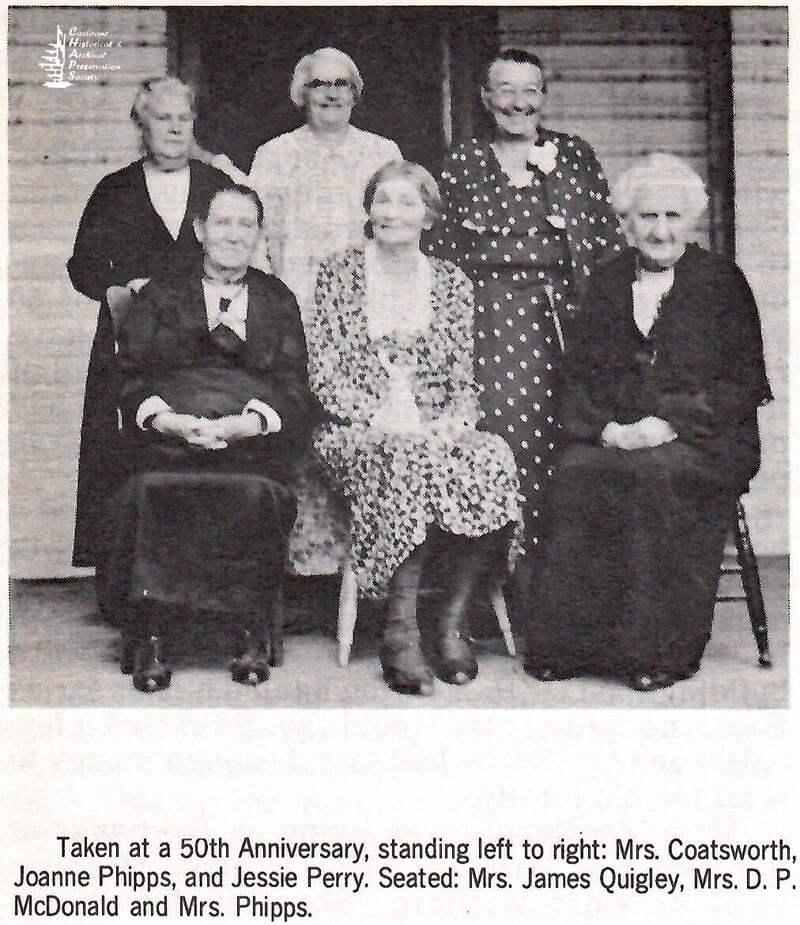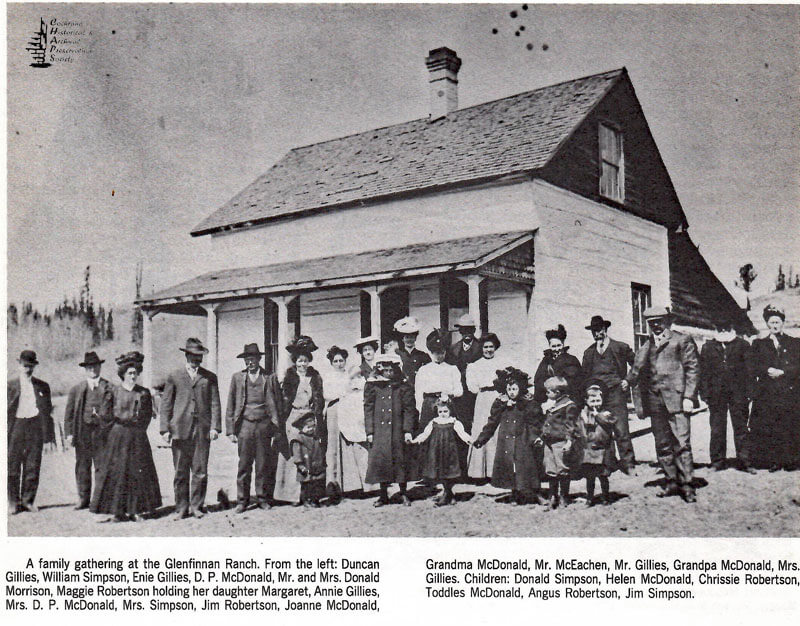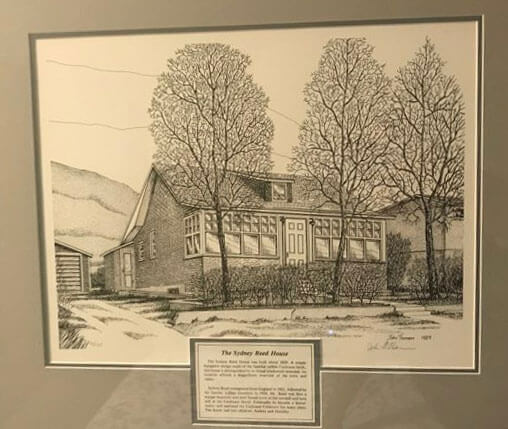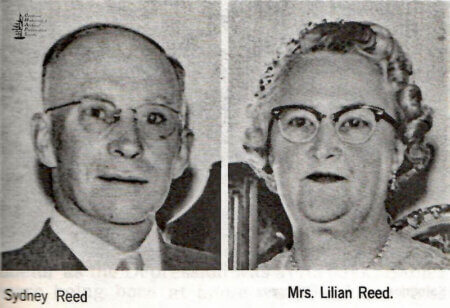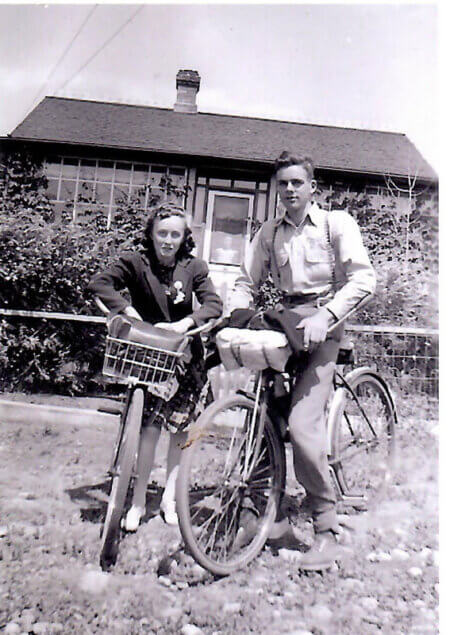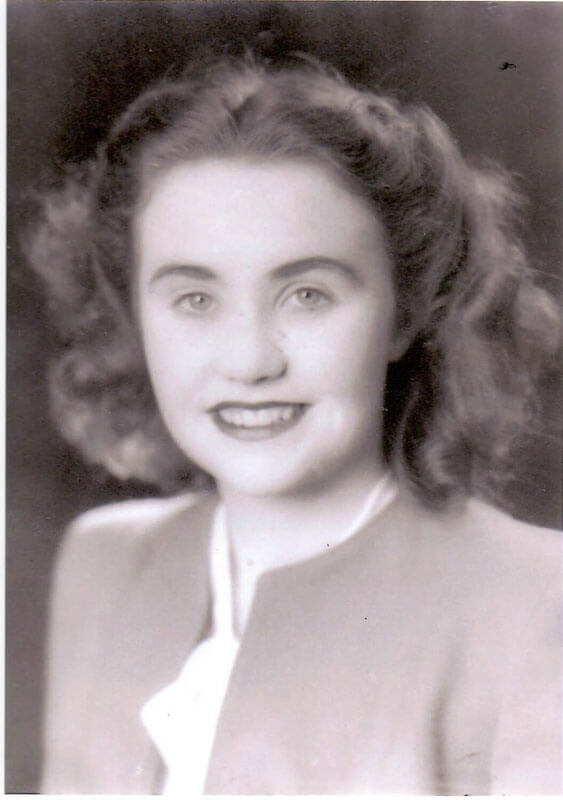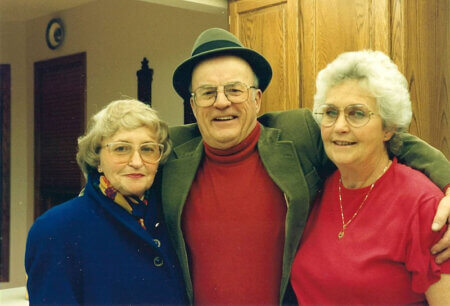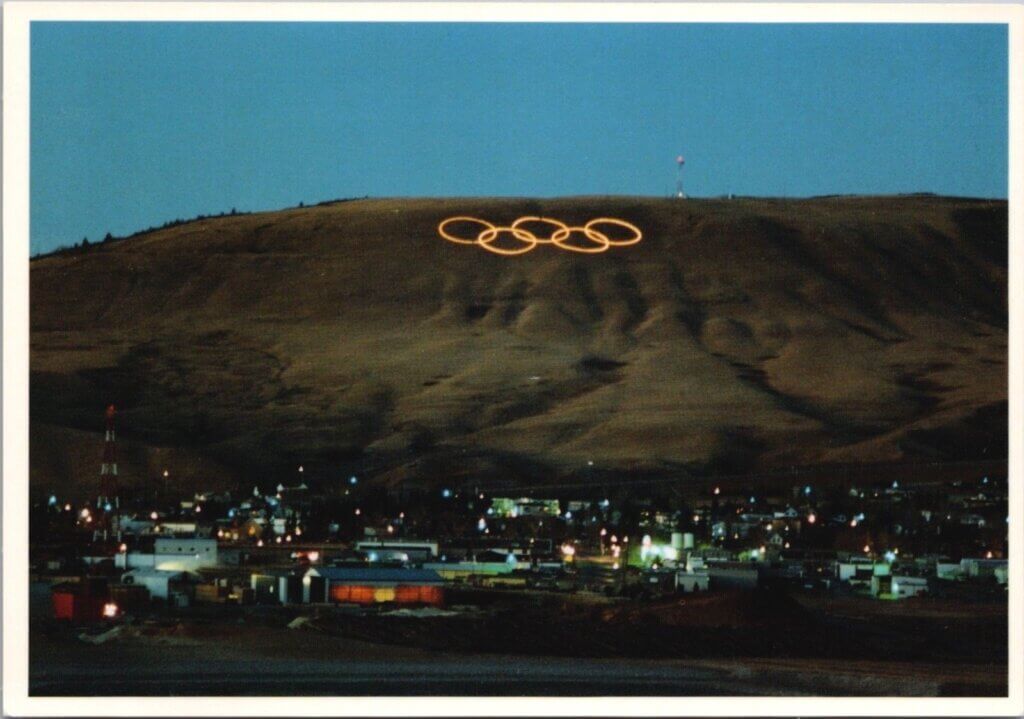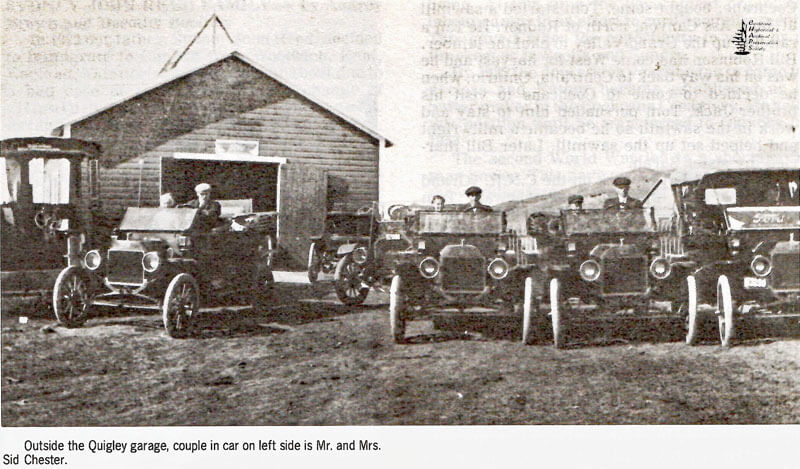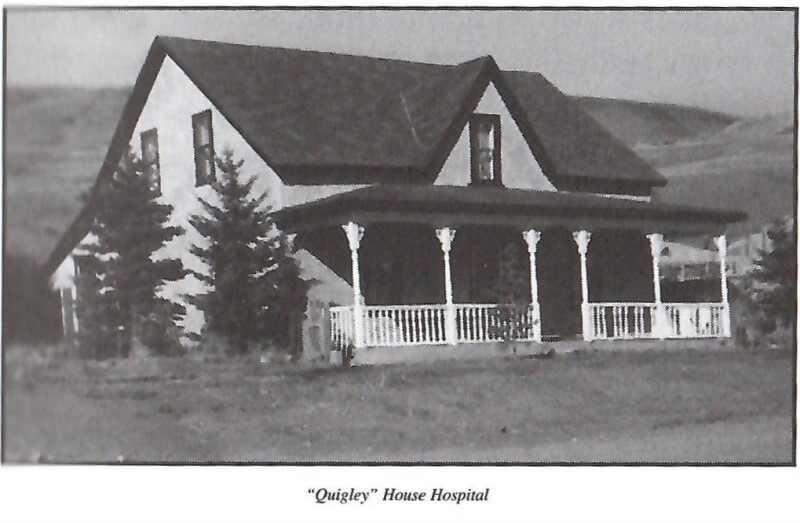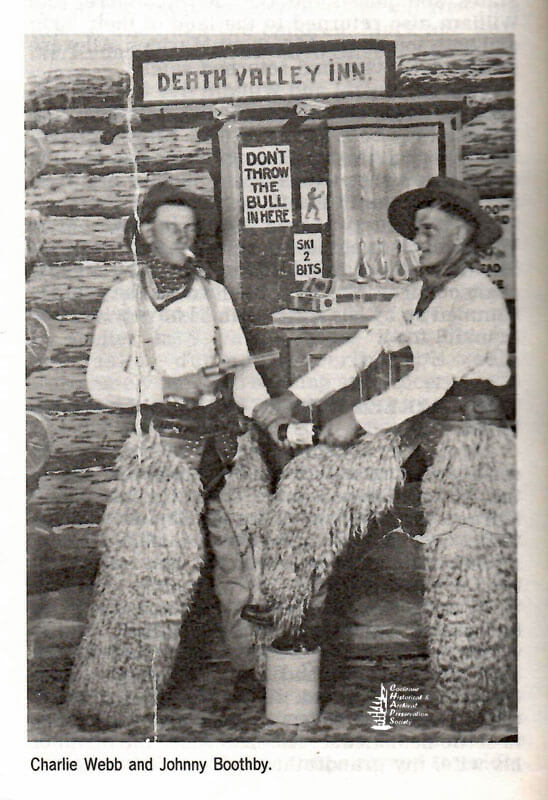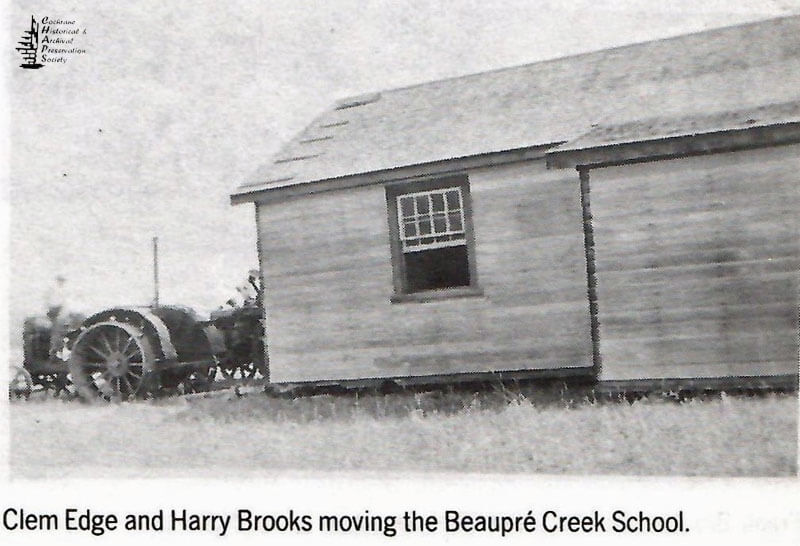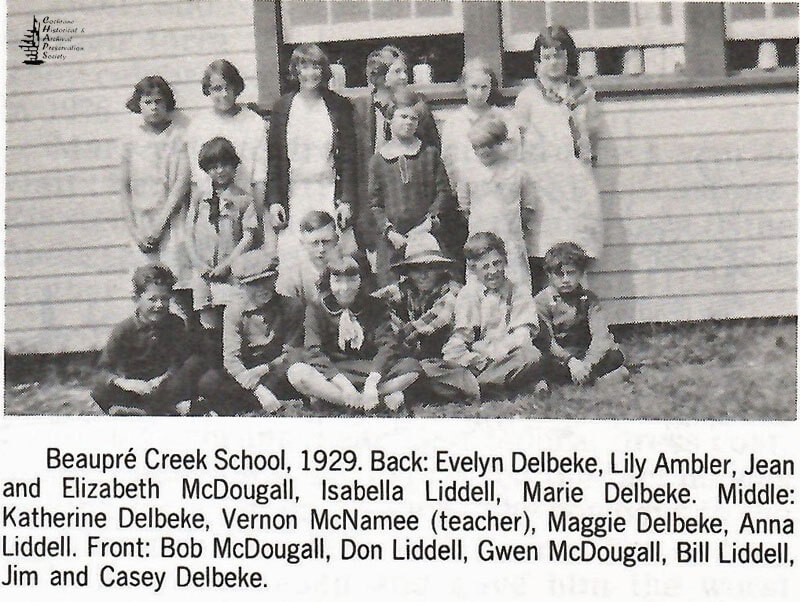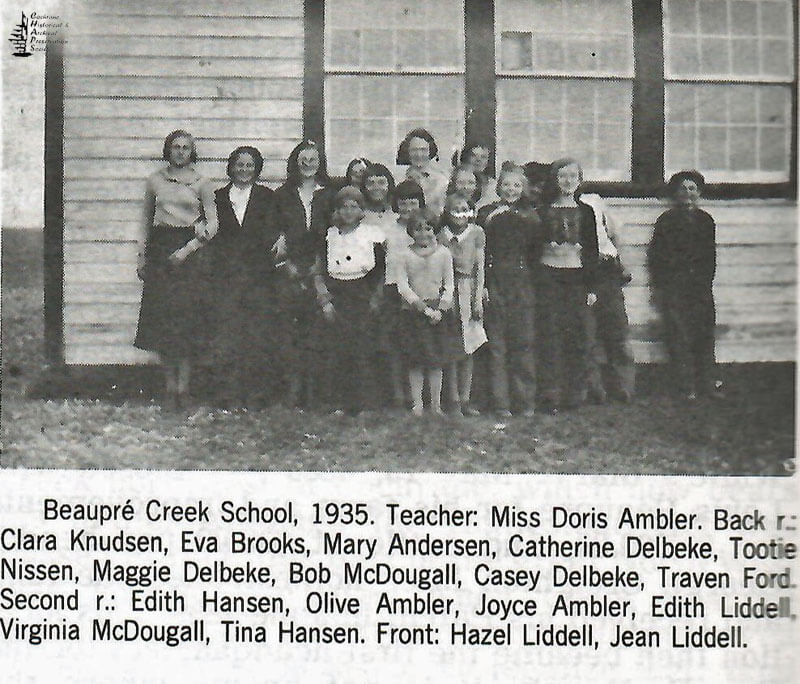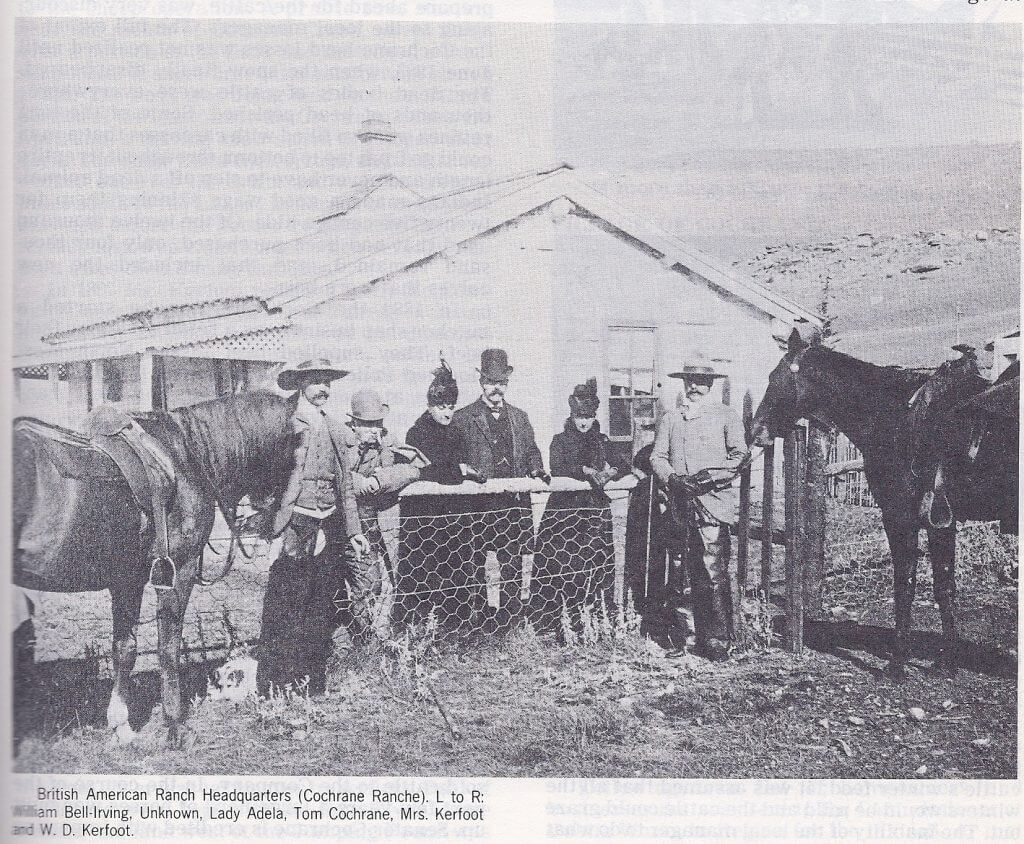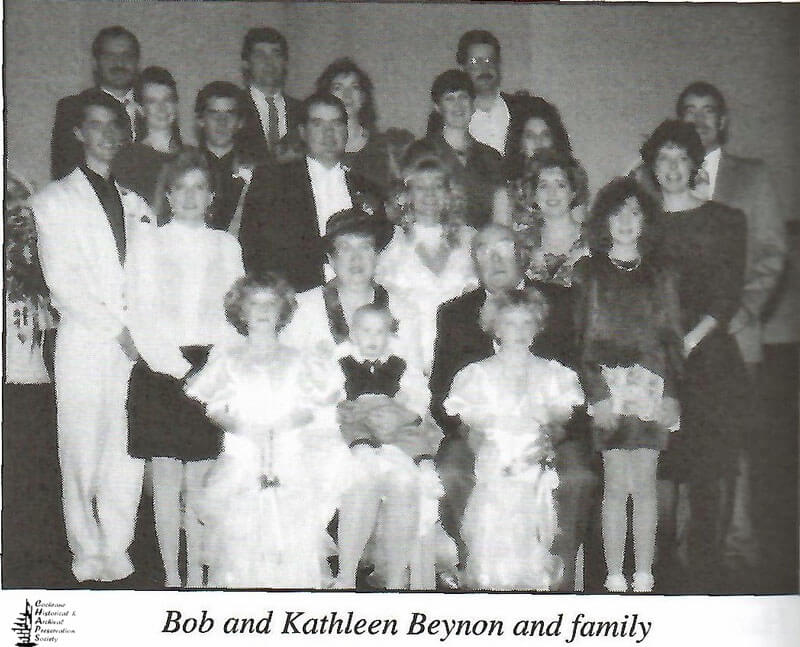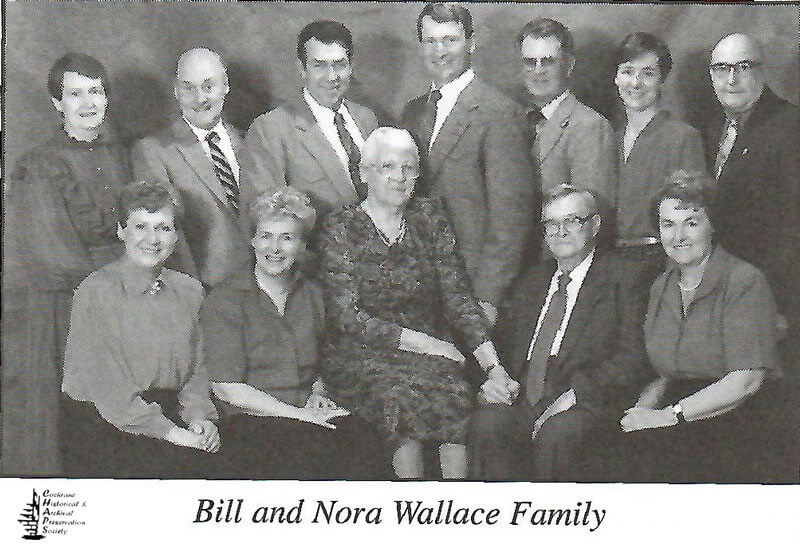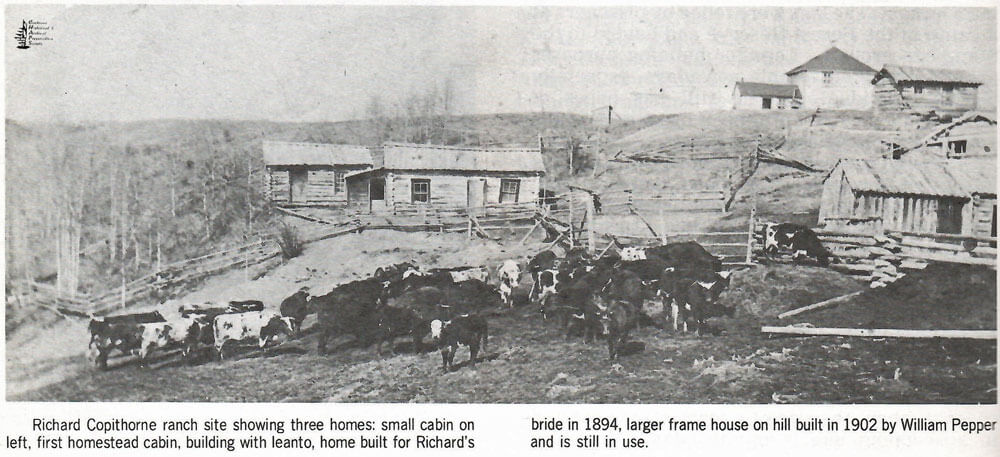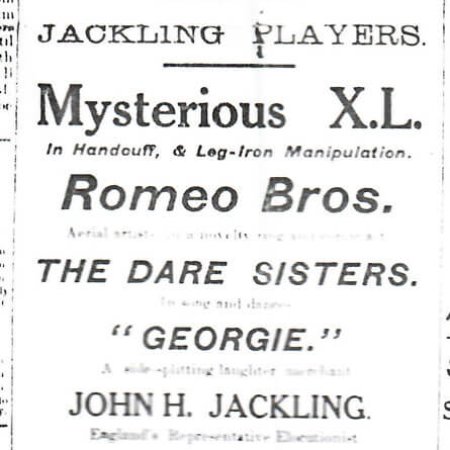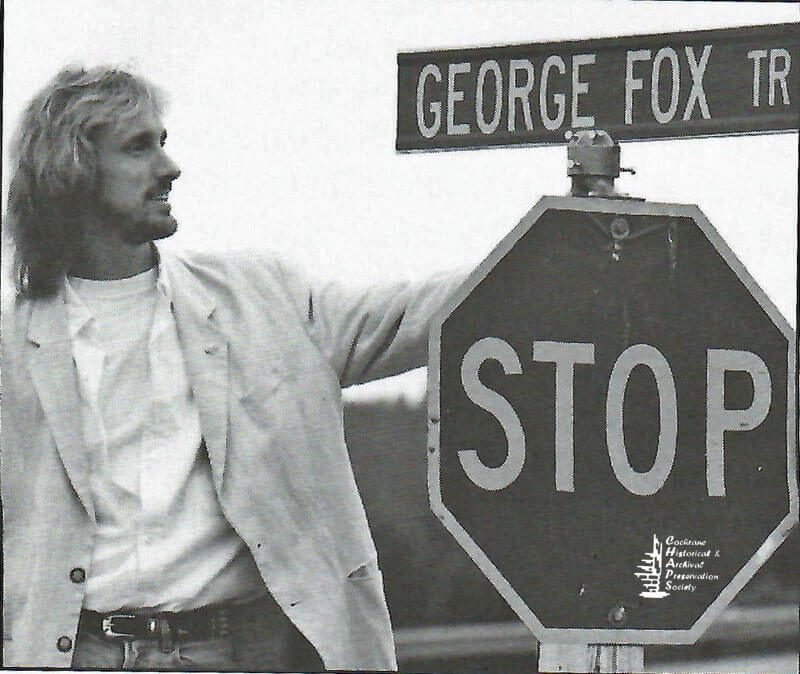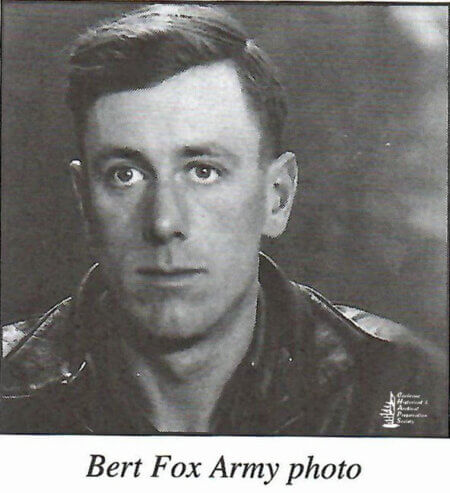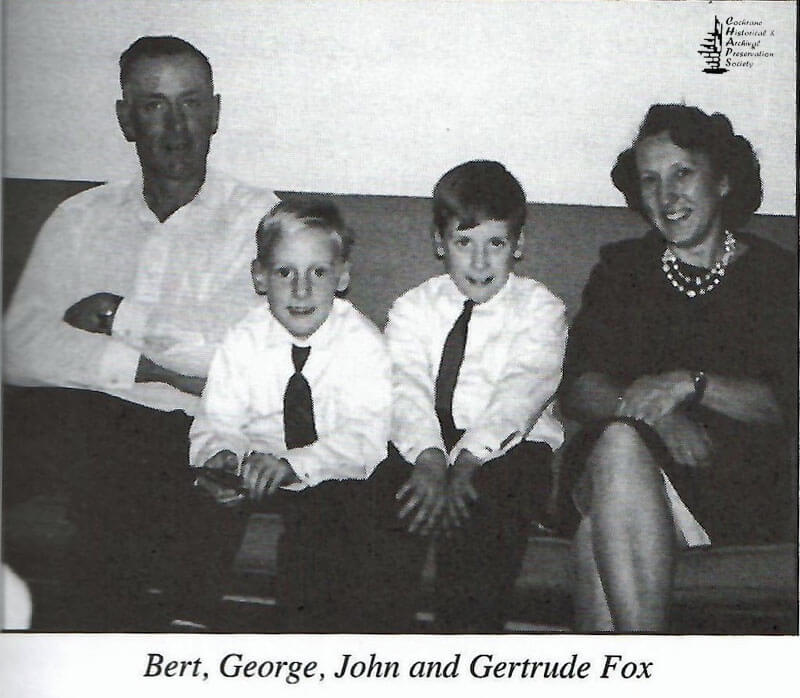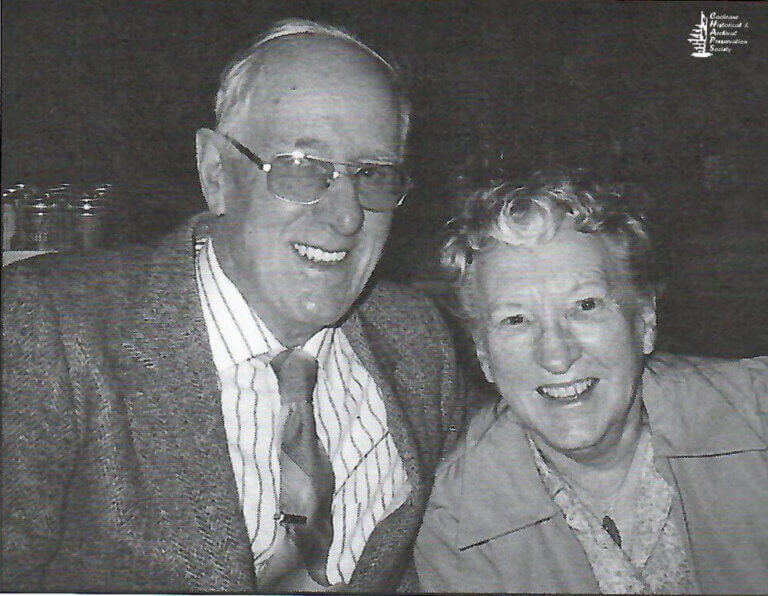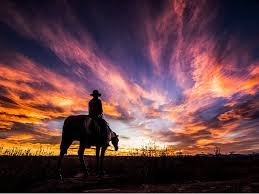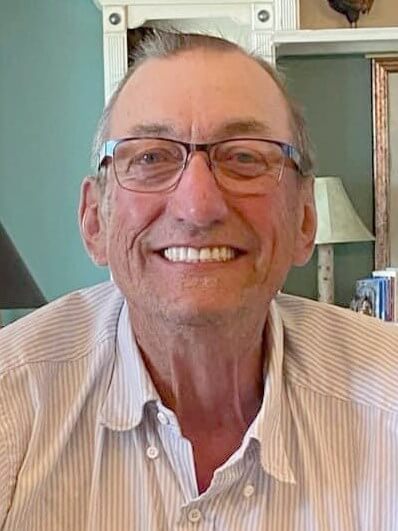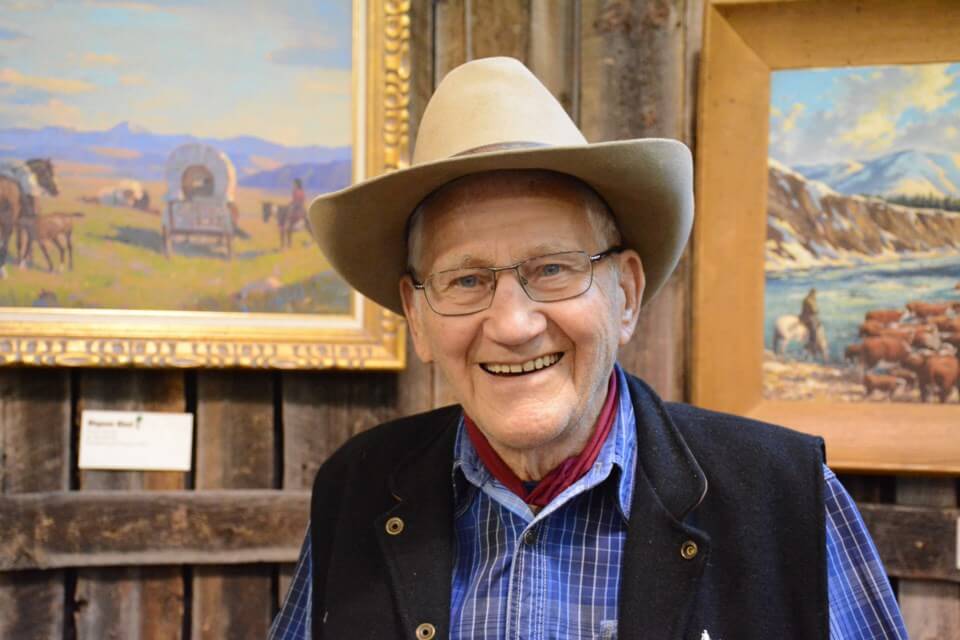Gordon Davies has curated interesting articles from the Cochrane Advocate from April 1917 through 1924. Photos are from CHAPS’ archive.
April 5, 1917
R.A. Webster has purchased the property known as the Cochrane Hotels (Rockyview Hotel). He will remodel the building, and the west half will be occupied by J. Baillie as a bakery and confectionery store.
Seven years ago Tom Quigley introduced the village to its first motor car, and it was looked upon with curiosity and considerable suspicion. Things have changed during these years, and today the moderate priced car is no longer considered a luxury but a necessity on every ranch and farm. Tom is busy doing Ford missionary work, and reports three deliveries for this week. They are Geo. Raby & Son, Ben Henry and Alex McKay
April 19, 1917
The road gang is doing the first work of the season on the hill east of town.
In looking up the car owners in his territory south of the river the other day, Tom Quigley found that there were 29 cars in the Springbank and Jumping Pound districts. Of this surprising number 25 are Fords, which goes to show what the people in the south think of the Ford car and their service.
- Toronto-Vancouver Express
- Train No.3 arrives at Cochrane at about 18 o’clock.
- Train No. 4 arrives at about 12.25.
- Soo-Seattle Express
- Train No. 13 arrives in Cochrane at 6 a.m.
- Train No. 14 at 21:20.
- The Imperial Limited will not stop at Cochrane, and its time from g Calgary will be as follows: Going west at 2:40 a.m., and going east arrives at Calgary at 2:05 a.m.
- All eastbound trains are even-numbered and westbound are odd-numbered.
- The Calgary Glacier Daily will arrive in Cochrane at 8:20 a.m. going west, returning in the evening arriving back in Cochrane at 19:50.
April 22, 1920
The ashes are now being hauled and placed on the streets where required to alleviate the mud situation considerably, adding much to the pleasure of pedestrians and ease of vehicular traffic.
April 22, 1920
The weather has been somewhat cold, unsettled and stormy so far this week, with more snow. Looks like it will soon clear up and become warmer, at least all hope so.
April 21, 1921
Football, Baseball and Tennis
Cochrane Football club appears to have a reasonable certainty of a successful season ahead. There is a fair sprinkling of talent in town and in the district which should shortly be augmented when the quarry and the brickyard are in full operation. Several enthusiasts around town are hoping soon to have a strong team lined up. It is time for the club to get together and start the season right. For this purpose it is suggested a meeting might be called and some schedule drawn
There are rumors of a baseball team around town, but so far no definite steps towards organization have been taken. There are plenty of players in town but not enough turn our for practice.
The tennis court over the track is being fixed up for the season.
April 6, 1922
The bitter cold of the early part of last week has given place to brilliant sunshine and we feel confident that the long dreary winter has come to an end and spring is here at last. Evidence of this is not lacking when one observes the increase in business activity and farming operations in Cochrane and the surrounding district.
April 20, 1922
Another severe blizzard – one of the worst, in fact, that has been experienced here for many years, swept over this section of Alberta last Wednesday. Driven by a high wind from the northeast, the snow piled up into immense drifts, and many trails in the neighborhood of Cochrane are even yet quite impassable. While the snow, which was of the heavy, wet variety, has no doubt done considerable good in the southern part of the province, it is feared that losses among the stock in the range country will be very heavy, though, on account of the depth of the drifts, it is impossible to make any estimate at the present time. Lethbridge reports a total precipitation this month to date of 1.67 as against a 20-year average for April of only .84 inches.
April 27, 1922
To prophesy, or even suggest, what the weather may be for the next 24 hours would, at the time of going to press, be the greatest folly, so we will say nothing about it, except to mention that we have surely been treated to a great variety of the weather man’s wares, including a very general application of sleet, snow, occasional sunshine, mingled with cold spells, warm spells, and nearly every kind of spell but an epileptic fit. However, we cannot complain of lack of moisture, and with all this stored away in the soil, we should be off to a start such as we have not had for some time.
April 3, 1924
If you are thinking of cranking up the car and running into Calgary think again and take the train. The roads are almost impassable.
April 24, 1924
Over a foot of snow fell in the district on Tuesday night and Wednesday morning. This is the second heavy fall this month and though the moisture is welcome, the snow is seriously delaying the commencement of farming operations all over this section of Alberta.
